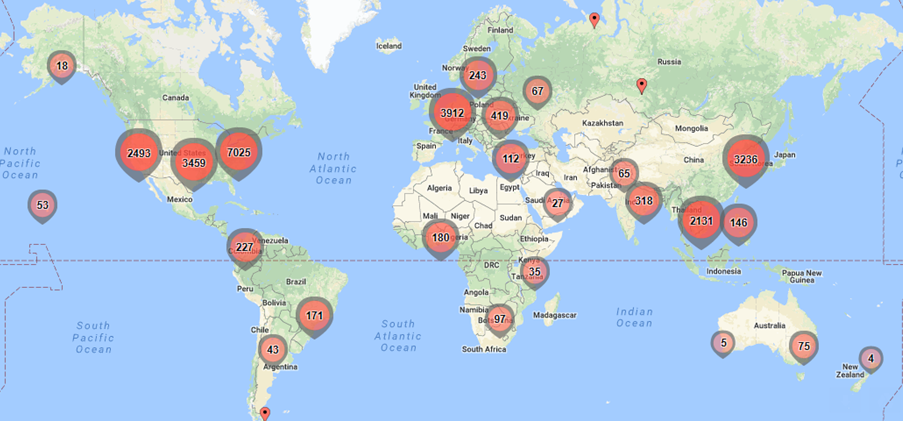A week in security (May 13 – 19)
Credit to Author: Malwarebytes Labs| Date: Mon, 20 May 2019 15:57:29 +0000
 | |
| A roundup of security news from May 13–19, including ransomware attacks on the upswing, website hacking, pseudo-VPNs, bloatware, and more. Categories: Tags: Androidbloatwarebreachescrysis ransomwareDDos attackdharmahackinghealthcare cybersecuritymdsMeltdownmicrosoftransomwareserver vulnerabilitiesSpectretyposquattingvpnvulnerabilitieswhatsapp |
The post A week in security (May 13 – 19) appeared first on Malwarebytes Labs.
Read more




